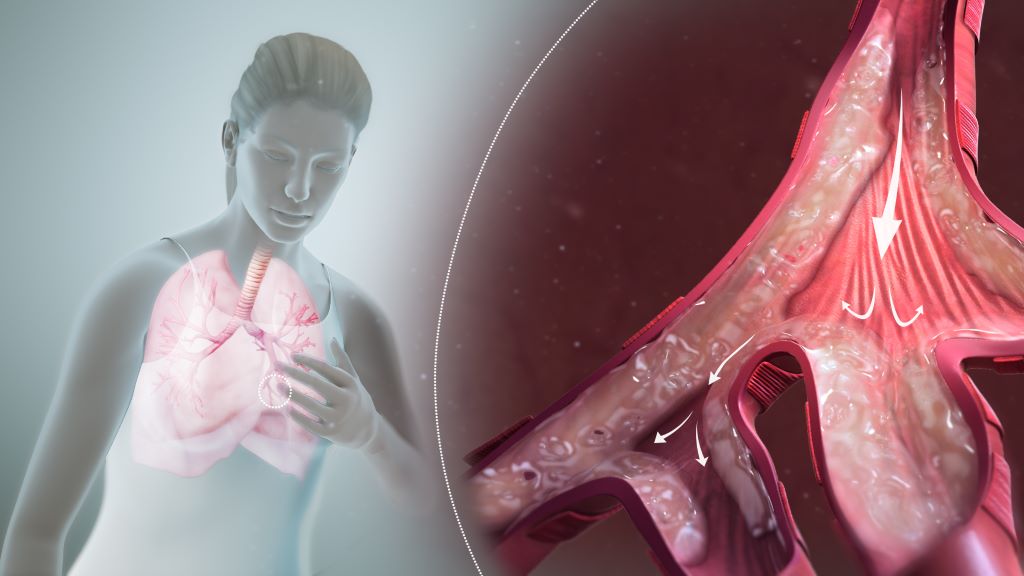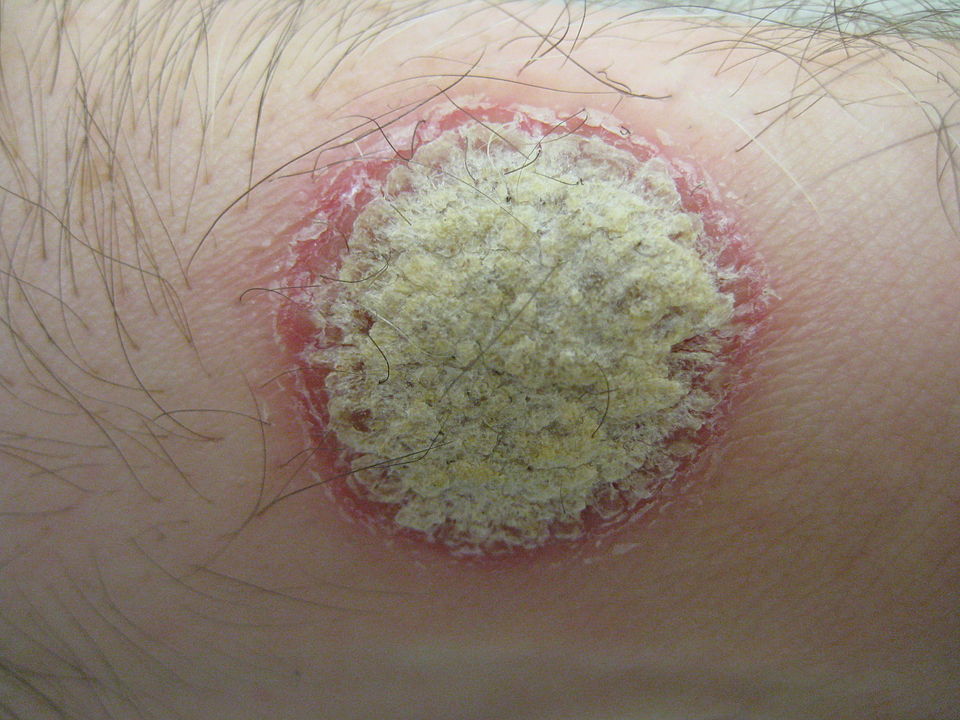All the Premier’s HODs: High-stakes Head of Health Post Trapped in a Merry-go-round

By Refilwe Machoari and Adiel Ismail
The Northern Cape health department has had several heads of department in the last five years. Spotlight unpacks the implications of this leadership instability and asks what it means for good governance in the public health sector.
The Northern Cape health department has seen a fast-revolving door of heads of department (HODs) in the last five years, with one person being at the helm for a mere two months.
This is because the two people to hold the powerful post permanently are dogged by claims of alleged financial transgressions and corruption. The health HOD position is one of the most multiplex jobs in provincial government with oversight of what is typically one of the two largest lines of provincial budgets.
At R20 billion over the next three years, the health department got a massive slice of the Northern Cape’s R68.1 billion budget for the period. By contrast, over the same period, R6 billion was allocated to the Department of Roads and Public Works, R3.1 billion to the Department of Social Development, R1.3 billion to the Department of Sport, Arts and Culture and R1.1 billion to the Provincial Treasury.
Financial management
While the National Department of Health leads on health policy, the implementation of policy and the day-to-day running of public healthcare services is managed by provincial departments of health. As the accounting officers in provincial health departments, HODs play a crucial role when it comes to proper accounting and financial management.
Compliance to regulatory frameworks and standards though are lacking according to the latest Northern Cape Department of Health annual report. It shows that the department incurred irregular expenditures of more than R144 million in the 2022/2023 financial year. The department also incurred fruitless and wasteful expenditures of almost R15 million in 2022/23 compared to R13 million in the previous year.
The department received a qualified audit opinion. This means that the financial statements contained material misstatements or there is insufficient evidence to conclude that amounts included in the financial statements are not materially misstated.
The auditor-general wrote: “I was unable to obtain sufficient appropriate audit evidence that public money was spent with the approval of a properly delegated officer”, that the financial statements “submitted for auditing were not prepared in accordance with the prescribed financial reporting framework and supported by full and proper records”, “effective and appropriate steps were not taken to prevent irregular expenditure”, and “effective steps were not taken to prevent fruitless and wasteful expenditure”.
The auditor-general’s qualified audit opinion reflects on leadership and practices in the department, and is reputational damage with a growing trust deficit with communities it serves, Dr Beth Engelbrecht, former HOD of the Western Cape Department of Health, told Spotlight.
“Health is one of the most complex departments with the largest budget, compared to other 12 provincial departments. This includes the largest budget of all for goods and services, which must be purchased from private providers. This reality brings complexity in the management of its finances within all the rules and regulations, but also makes it prone to those who wish to do corruption,” said Engelbrecht.
Indeed, this appears to be the quandary facing the office of the health HOD in the Northern Cape. Two HODs have been arrested over alleged corrupt dealings or contravention of the Public Finance Management Act (PFMA).
A brief history of HODs
In 2020, then health head Dr Steven Jonkers was charged with contravening provisions of the PFMA. It is alleged he concluded a multi-million rand contract in 2017 without following the correct procurement processes. Jonkers declined to comment on this case, which is set to be back in the Northern Cape High Court in Kimberley in November. Premier Dr Zamani Saul has seconded Jonkers as a deputy director-general in the Office of the Premier since 2020.

The head of health position was then filled by a string of people acting in the role, including Dr Deon Theys who would also have a brush with the law. Despite this, Saul appointed Theys as the new health head on a fixed five-year contract in July 2023.
But a month later, the Specialised Commercial Crimes Court in Kimberley found Theys guilty of not following proper PFMA prescripts and procurement processes. It related to R13 million in lease deals which he signed between 2011 and 2012 while he was the acting HOD. Theys was sentenced to a fine of R150 000 or three years imprisonment, of which R100 000 or two years imprisonment is suspended for five years, on condition that he is not found guilty of the same offence during the time of suspension. Theys is appealing this court ruling and declined to comment on the matter.
Theys’ problems is far from over. In a separate court matter, along with other senior public servants, he is facing charges in relation to a multi-million rand tender for the procurement of Covid-19 equipment.
He will be appearing in the Kimberley Magistrate Court in October on charges of fraud, corruption and contravening the PFMA. This was confirmed to Spotlight by the spokesperson for the National Prosecuting Authority in the Northern Cape, Mojalefa Senokoatsane.
With these new charges hanging over his head, Saul has since redeployed Theys to the position of provincial medical director – a post he held previously.
‘Saving money’
Without responding to detailed questions from Spotlight, the Premier’s spokesperson Bronwyn Thomas-Abraham said Theys’ role as medical director is helping to save the health department money.
“This decision was taken mindful of Dr Theys’ experience and served to save costs in appointing another Medical Director,” she said.
Thomas-Abraham noted that any “course of action” against Theys hinges on the outcome of his appeal. It would therefore appear that Theys’ appeal stalled the necessary formal internal inquiry that should follow, according to the Senior Management Service Handbook, within 60 days after he was transferred as a precautionary measure.
She also dismissed concerns that appointing acting health heads could negatively impact the department’s operations, insisting that service delivery remains unaffected.
“The appointment of an Acting Head of the Department did not have any adverse effect on the Department’s operations as it receives additional Financial Management and Human Resource support from the Provincial Treasury and Office of the Premier respectively,” Thomas-Abraham said.
Acting HODs
Having acting HODs is clearly not the way governance is generally supposed to work. For example, according to the Public Service Act and the Public Service Regulations, an official may not be in an acting position for more than 12 months.
Dr Alastair Kantani was appointed as acting head of the Northern Cape health department in September 2023, followed by Mxolisi Mlatha who has been acting in the role since December 2023.
“Whilst people in acting positions have the legal authority to take decisions and be accountable for these, they lack the required power to be transformational and bring changes that will improve delivery and functioning. Their authority when negotiating for funds are limited compared to appointed full time HODs,” said Engelbrecht.
She added: “Even communities view these acting persons not with the same regard as fully appointed leaders. Staff may also view an acting person of having less power, making it more difficult to bring coherence and alignment in a department.”
And it is precisely this that has led to protest action by workers affiliated to Nehawu, Denosa and Cosatu who took to the streets on 2 August, demanding that Mlatha step down and that a clinician with a medical background serve as HOD.
‘Negative impact’
Speaking to Spotlight, Nehawu provincial secretary Moleme Moleme said the continuous change of health heads has a negative impact on workers. “In many ways it has an impact on the direction that the department wants to take. It also places uncertainty on members which leads to low staff morale.”
Moleme said that the Premier needs to be decisive by bringing stability into the health department. “The corrupt-centric, crises ridden and unstable provincial department of health is unlikely to change its course from the sixth to the seventh administration because it is led by the same individuals who has landed the department into a crisis where it is at the brink of collapse,” he added.
Spotlight previously reported on the dire state of the healthcare system of the country’s largest, but most sparsely populated province. During an oversight visit last year, the Northern Cape’s Director-General, Justice Bekebeke told MPs on Parliament’s Portfolio Committee on Public Service and Administration that the health department is among the worst-performing when it comes to frontline services, disciplinary cases, payment to creditors, and leadership instability.
The DA leader in the Northern Cape, Harold McGluwa, said the health department faces a laundry list of challenges, including surgery backlogs, medicine stockouts and flailing emergency medical services hampered by a lack of operational ambulances.
He told Spotlight that his party, which is the official opposition in the legislature, is not prepared to endure a repeat of the sixth administration under the ANC, which lost its outright majority in the province in the May general election.
The DA therefore wants Public Service and Administration Minister Inkosi Mzamo Buthelezi – an IFP member serving in the government of national unity – to step in to bring stability to the office of the HOD.
“The department is in critical need of stability and that can only come with stable management and firm decision-making of a fixed-term appointee to the position of HOD,” said McGluwa.
Corruption concerns
The EFF ‘s provincial secretary in the Northern Cape, Zen Kwinana, claimed the health head post with its huge budget responsibilities is being “abused for corruption” and to “accumulate personal wealth”.
“Saul will not appoint an HOD because he wants to control the position, and they also want the acting individual to entirely depend on their mercy,” he alleged. “Unfortunately amidst all of this, it is the people who suffer the most, services are poor, there is a shortage of medication and the infrastructure at hospitals and clinics are in a dire state,” added Kwinana.
Pervasive corruption in our public health sector was underscored in a recent report that explored critical governance issues impacting the country’s health sector.
To address corruption, co-authors of the report Professor Lilian Dudley and Professor Sharon Fonn told Spotlight urgent steps are required to prevent as well as to mitigate it. And where corruption has occurred, they say clear, visible and swift action is needed to charge and penalise managers and employees involved. “To do this, the health system needs to work closely with the various role-players in the criminal justice system and groups such as the Health Sector Anti-Corruption Forum.”
Dr Aslam Dasoo, convener of advocacy group Progressive Health Forum, is scathing of political leaders and public servants abusing their office for nefarious means.
“What you’ve got is a budget and people with an eye on the budget, and they will do everything they can to purloin as much of it as they can for personal use… that is what this is about, that is why you have this merry-go-round of appointments and acting appointments.
“Why do they keep these guys still in their jobs, or redeploy them somewhere else when they are under scrutiny? It is because they [appointees] are under scrutiny, they can’t have these guys thrown to the wolves, they put them there, that is the simple answer. It has got nothing to do with healthcare and health policy,” he told Spotlight.
‘Difficult decisions’
Political analyst Dr Ina Gouws said political infightings, factionalism, and interference are the biggest factors that hammer the filling of critical government positions and it is a matter the ANC has grappled with for many years.
She said being a leader requires one to make difficult decisions regardless of what the political situation looks like.
“This situation is not beyond the control of the Premier. He cannot say that there are no capable candidates, because that would be a lie. There are many qualified people who can fill this position, but it is the political interference that is standing in his way of appointing a credible candidate,” said Gouws.
The health department is not the only Northern Cape department impacted.
The education department, which was allocated the biggest budget in the province at R25.3 billion over the next three years, has an acting HOD. The agriculture department with a much smaller budget of R2.3 billion also has an acting HOD. The premier’s office told Spotlight that advertisements for both positions have been placed and processes related to recruitment are underway.
And another department’s HOD is also in the crosshairs of law enforcement authorities.
Dr Johnny MacKay, the HOD of the Department of Public Works and Infrastructure, is facing 271 charges of contravening the Pension Funds Act involving an amount of R9 million. Asked for comment, the department’s spokesperson Zandisile Luphahla said the HOD cannot comment on the matter because it is before the courts.
It is alleged by the Hawks that between September 2021 and March 2022, while he served as the Acting Municipal Manager of Kai !Garib, MacKay failed to ensure that contributions deducted from municipal employees were paid to the consolidated Retirement Fund for Local Government. This matter will be in court in November for trial, Senokoatsane told Spotlight.
Saul has not acted against MacKay who is still in his HOD post.
The right people in the right positions
Dudley and Fonn stressed that the current instability, with many provinces still having acting HODs, allows greater political interference which undermines good governance and leadership within provinces.
They said in the public health sector, the right people must be in the right positions, with the right capacity to do what needs to be done. “Politicians need to be held accountable to appoint appropriately competent and ethical HOD’s, and to support them in their mandates.”
Engelbrecht added that appointing strong accountable and good character leaders should not be directed by politics, but by capability and people who are fit for purpose.
“The health HOD has one of the most complex jobs in government and often must deal with political pressure especially due to the large goods and services budget to its avail,” she said. “The HOD therefore must be of good character with ethical leadership capabilities, well versed into health, with humility to lead and be visible across the whole service to be able to unblock blockages and support staff who must work under difficult circumstances.”
To do this, Engelbrecht said, the HOD needs to build a strong team around him or her as well as across the layers in the system, with accountability mechanisms that happens in an enabling environment, where staff are allowed to innovate and feel supported in their work.
“Whilst health is a political matter, it is more a matter of social justice. The HOD should have the dedication and capability to stretch the health rand to do the greatest good to the greatest number and prioritise the vulnerable.”
Republished from Spotlight under a Creative Commons licence.





